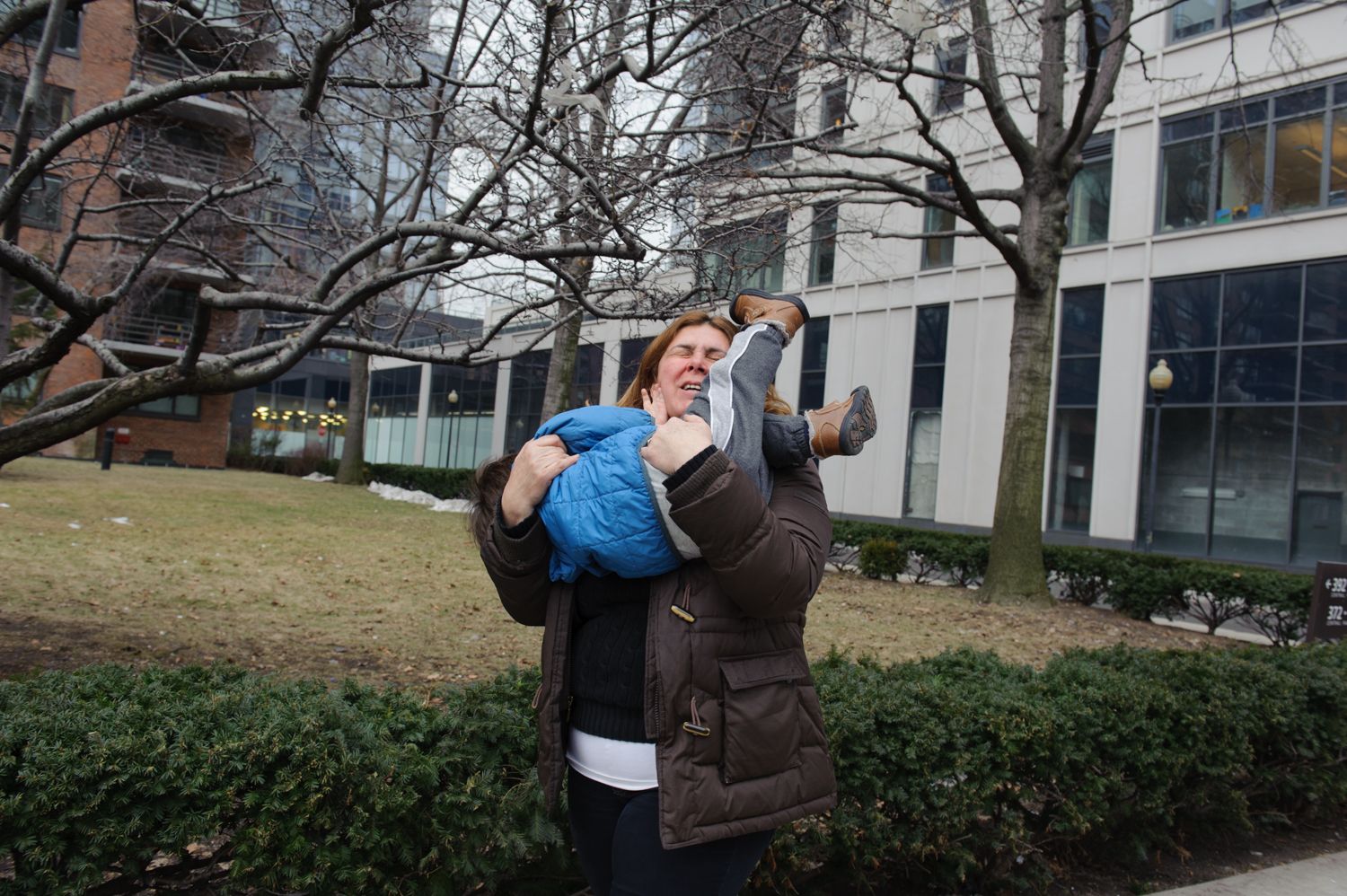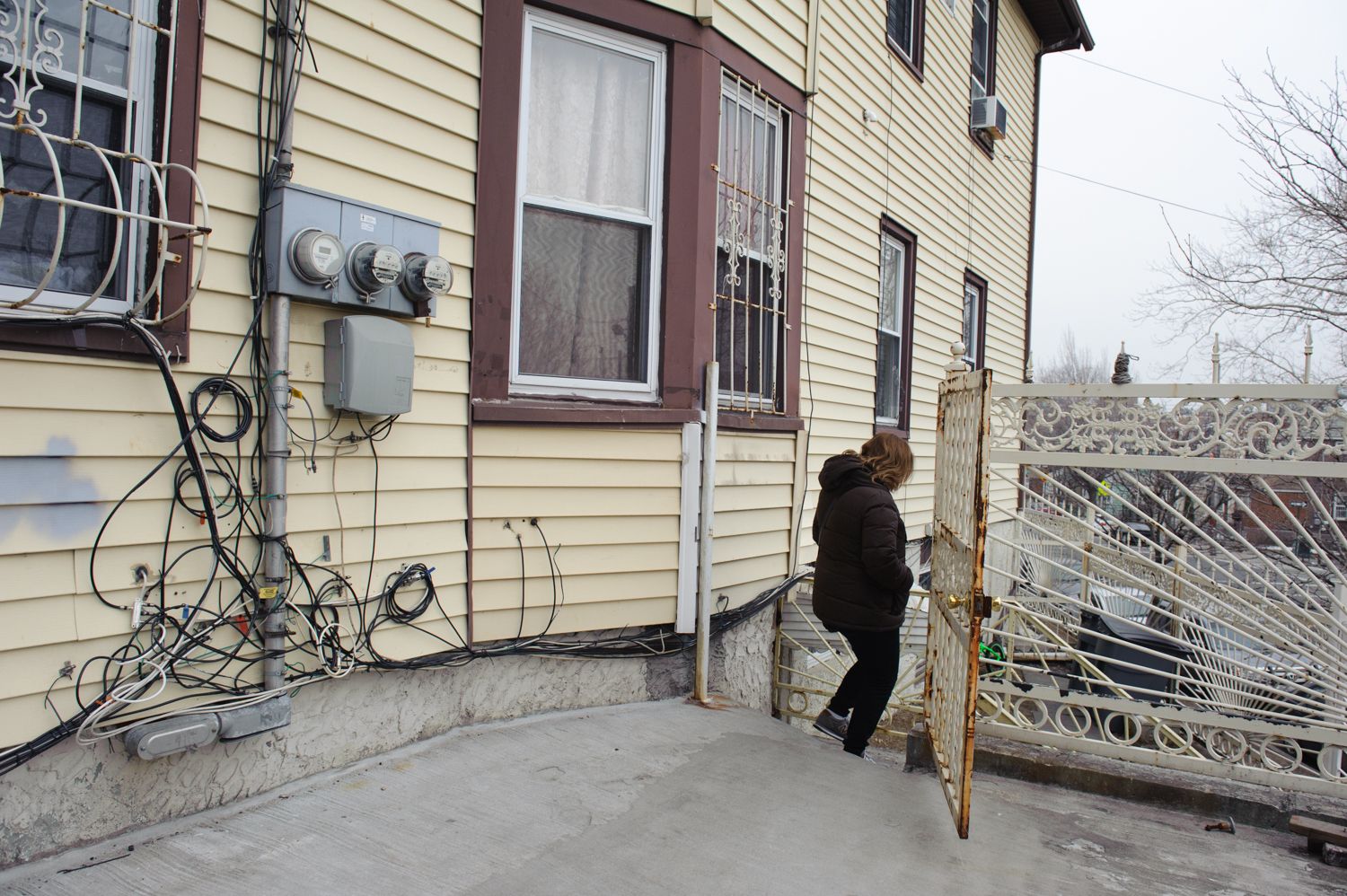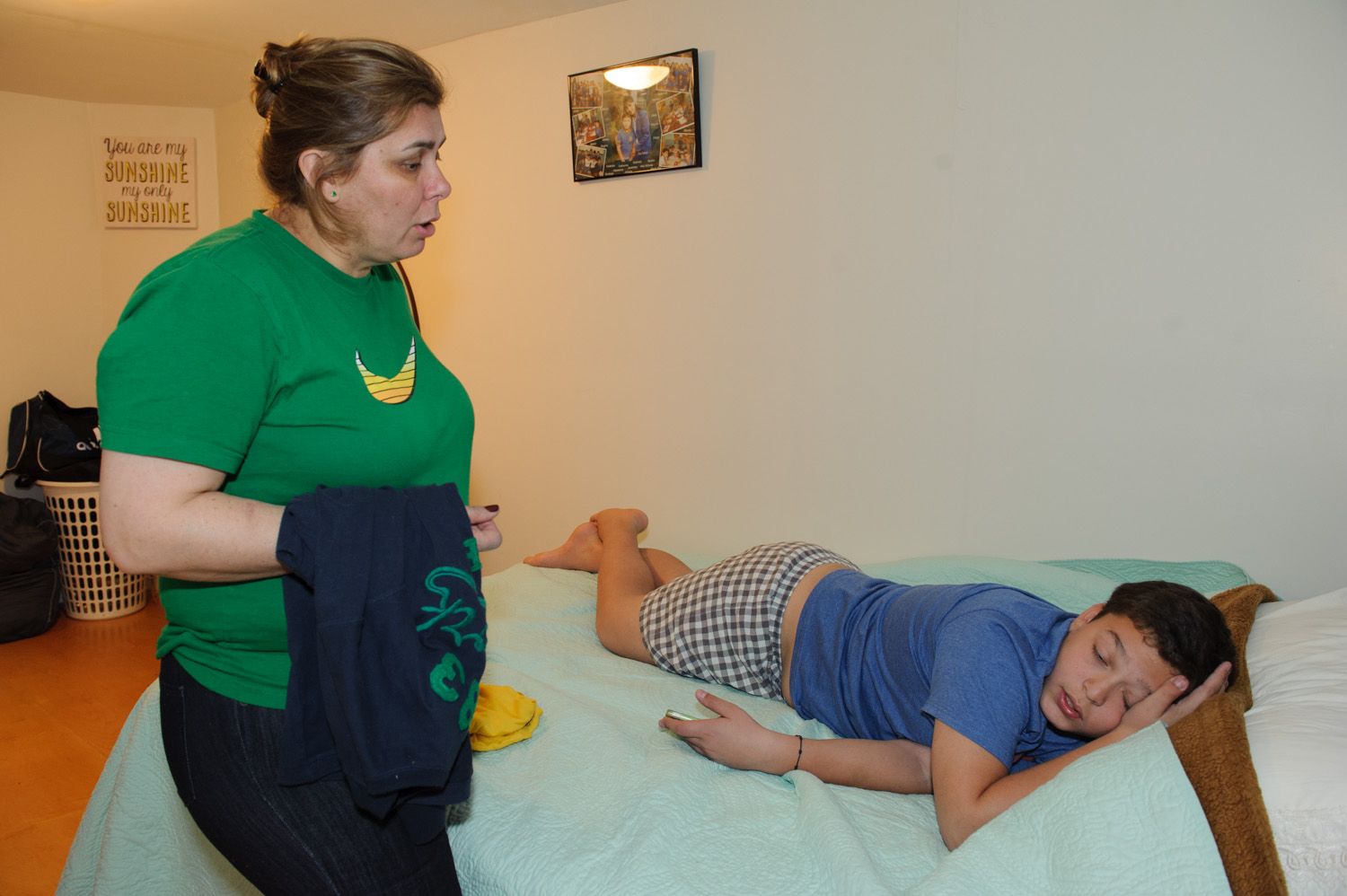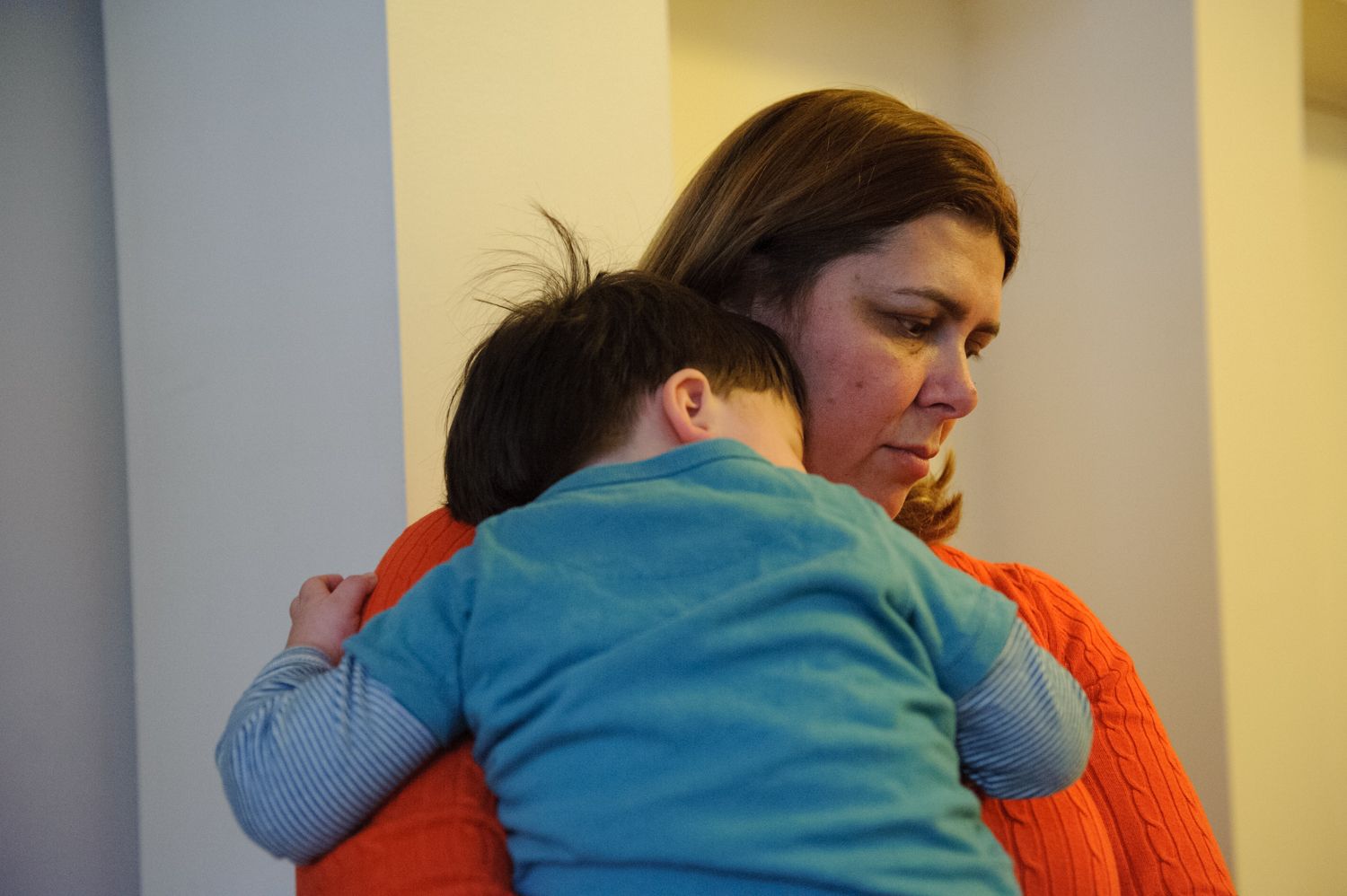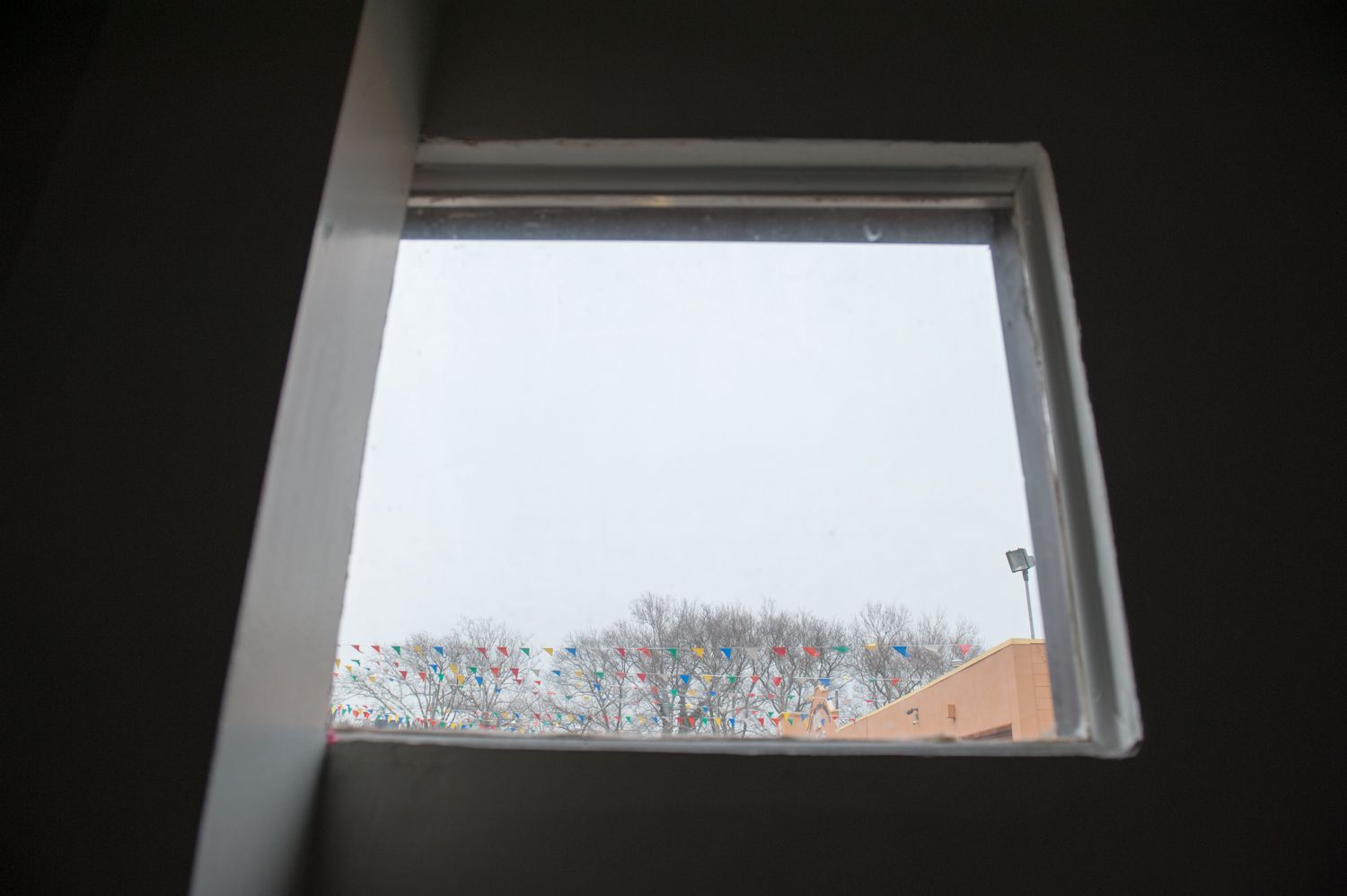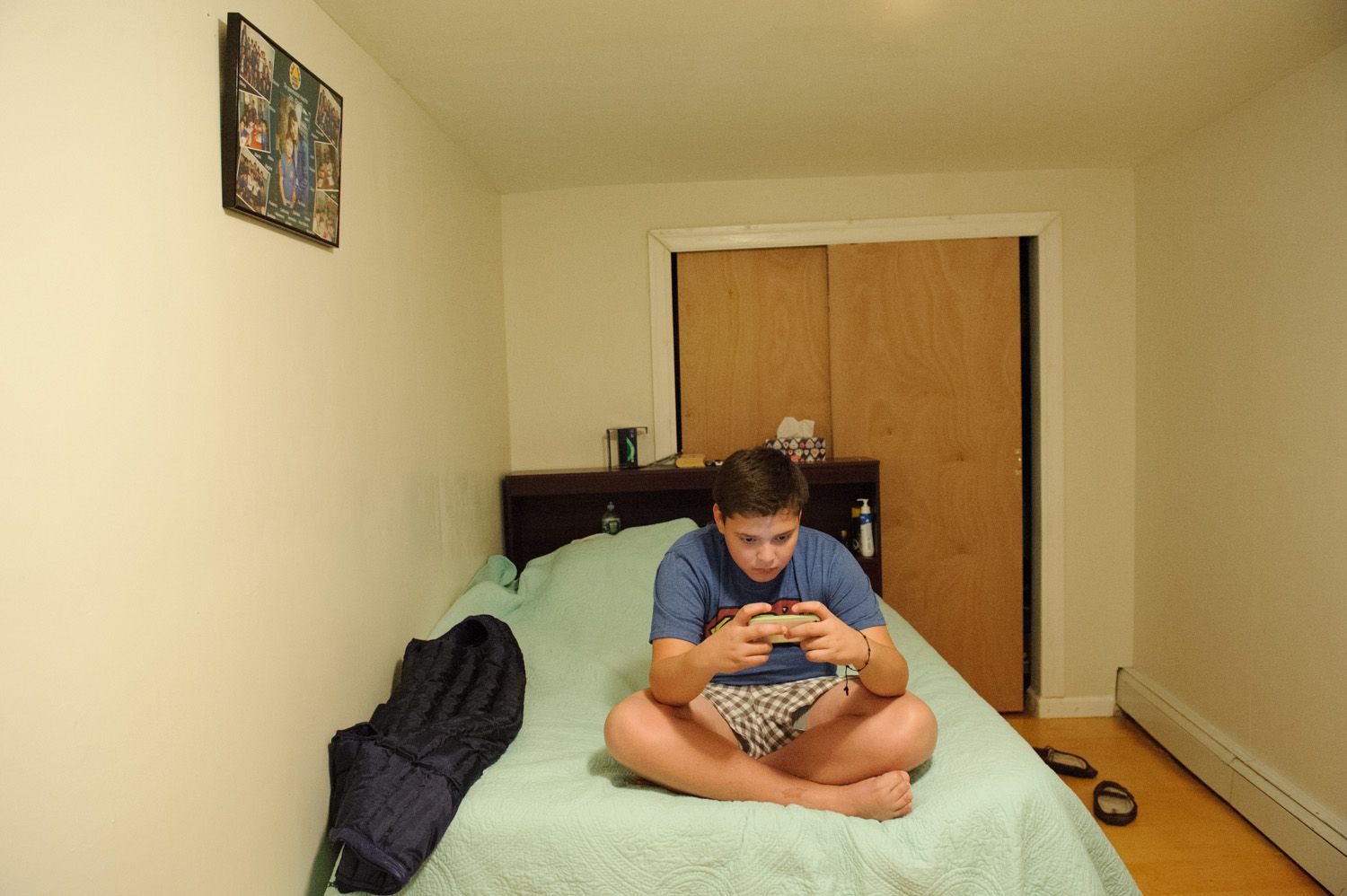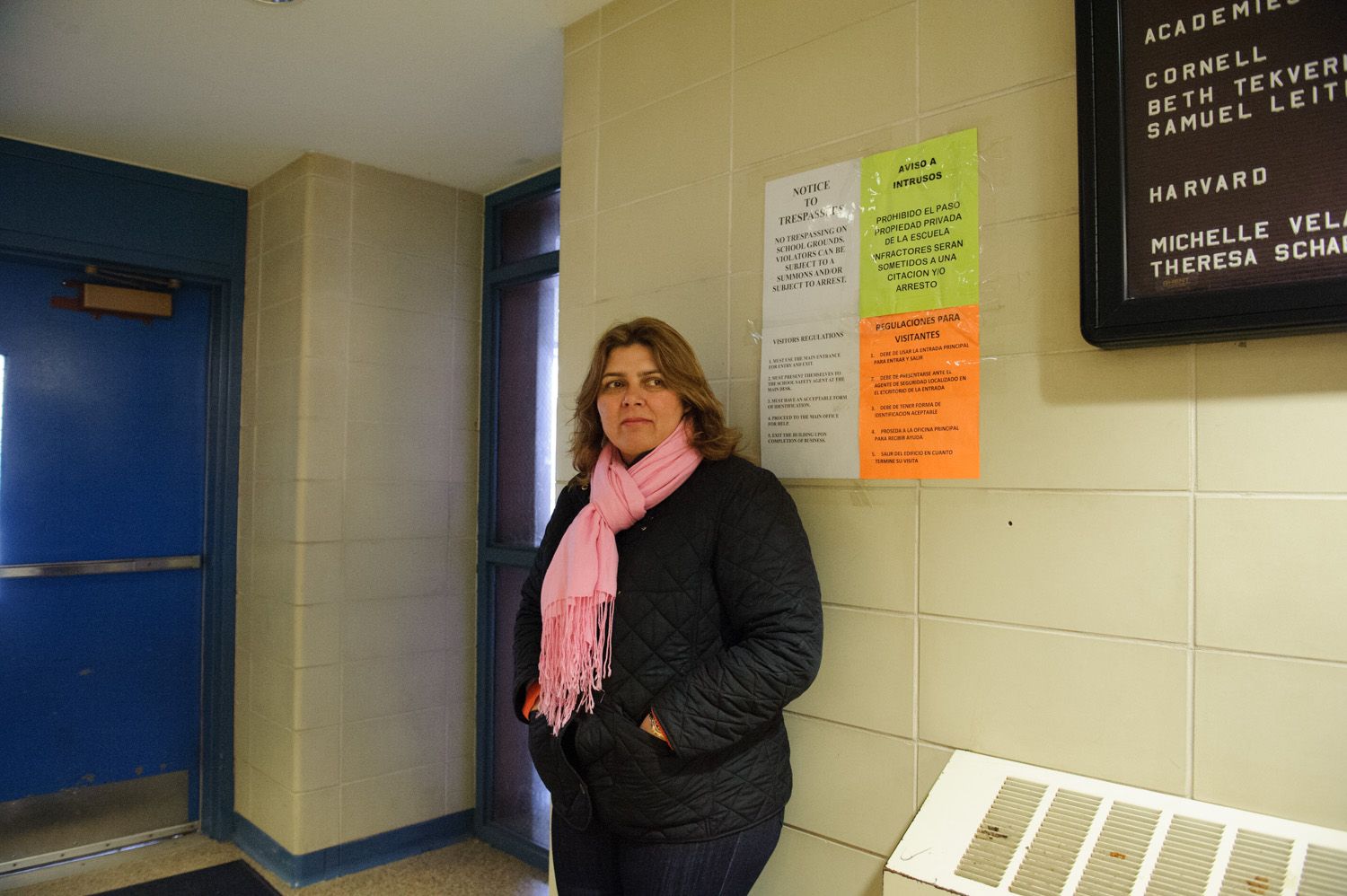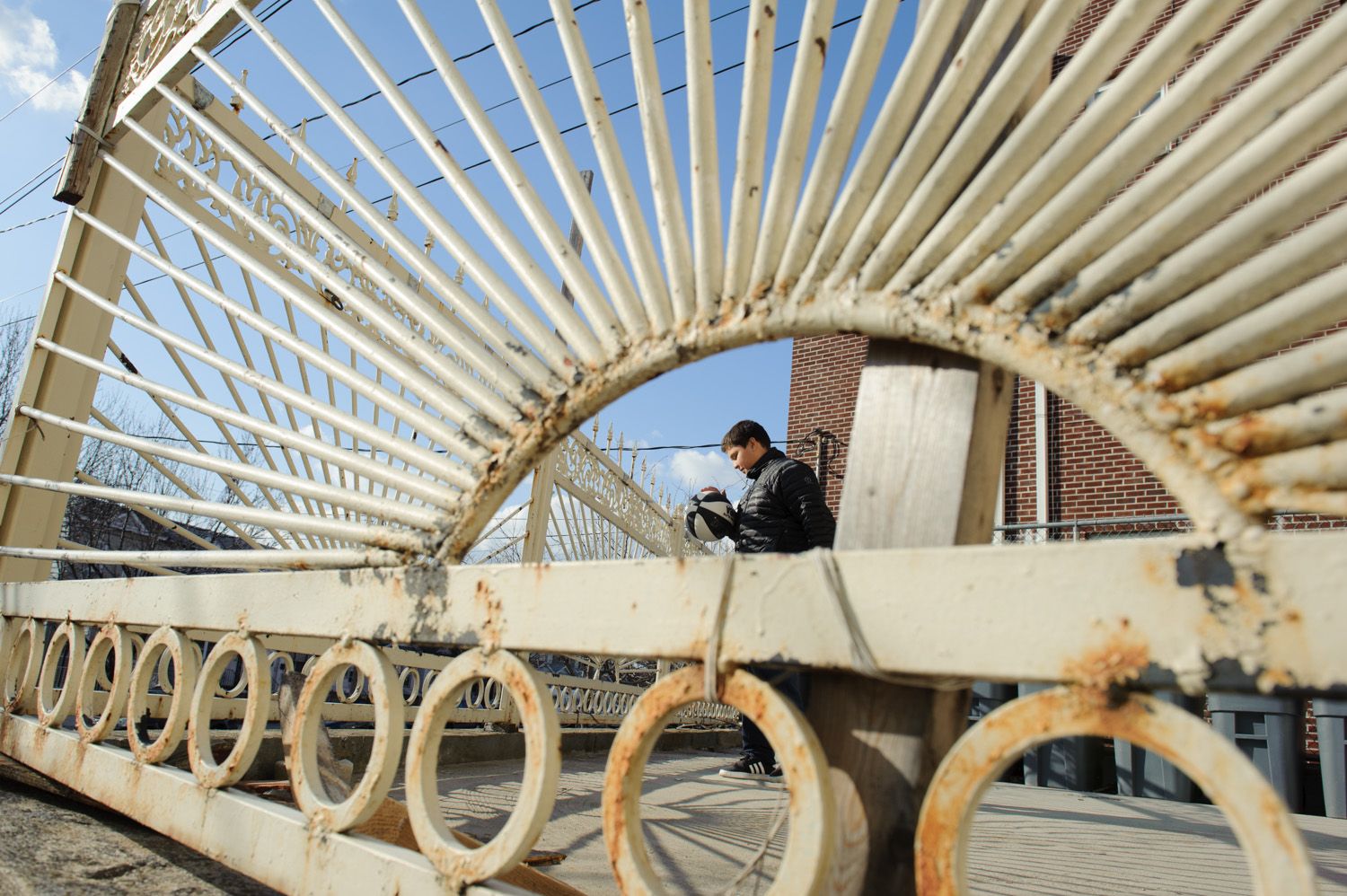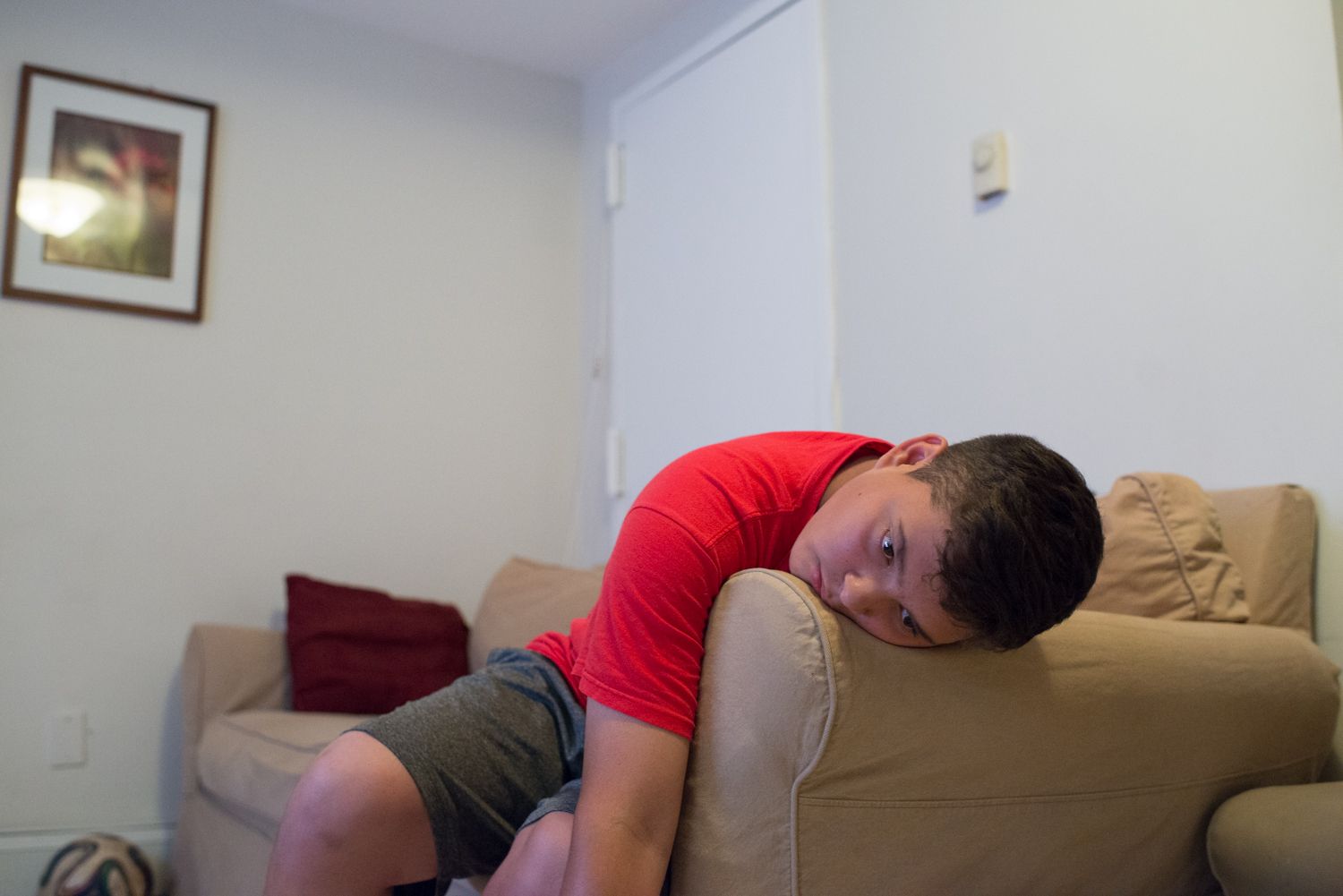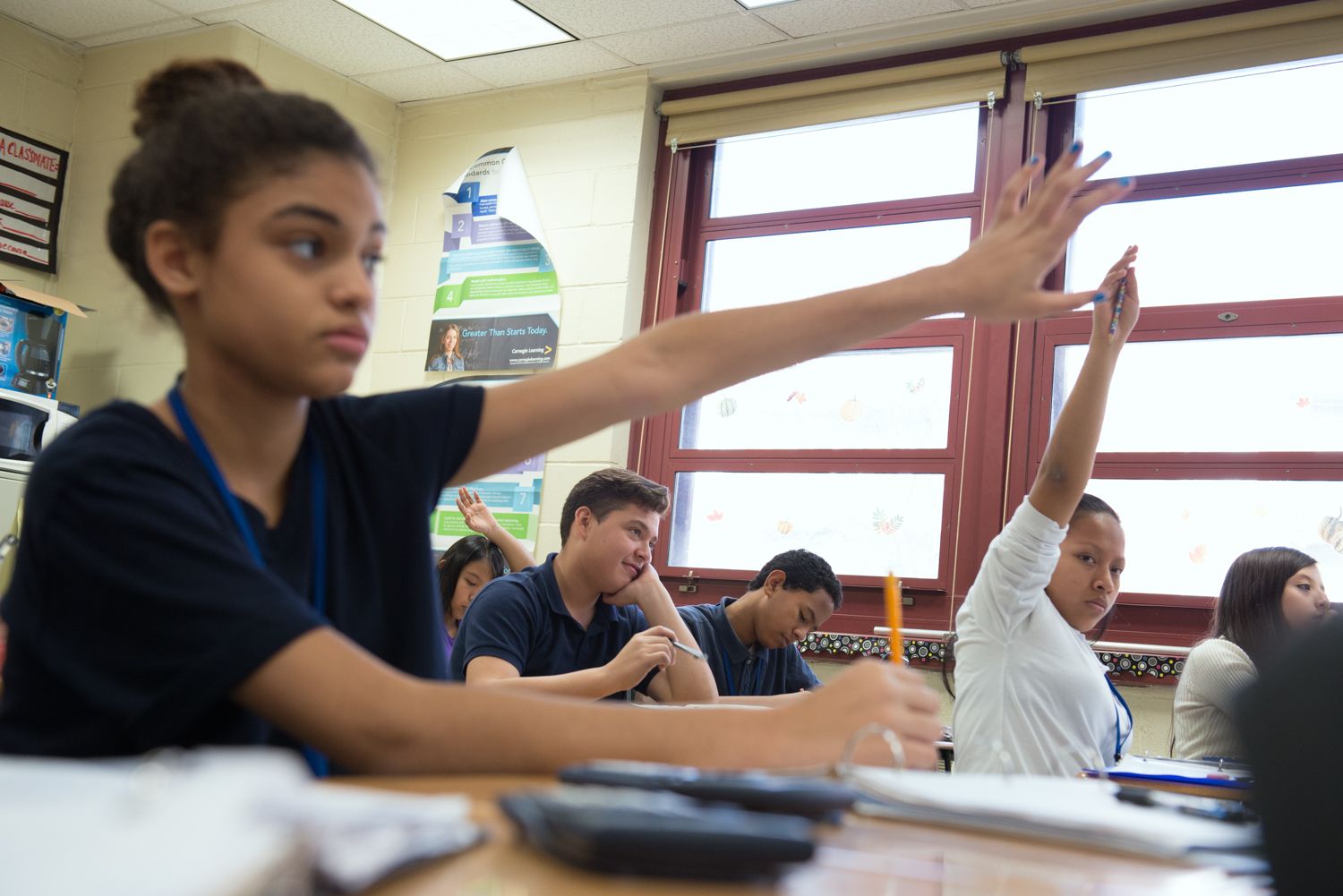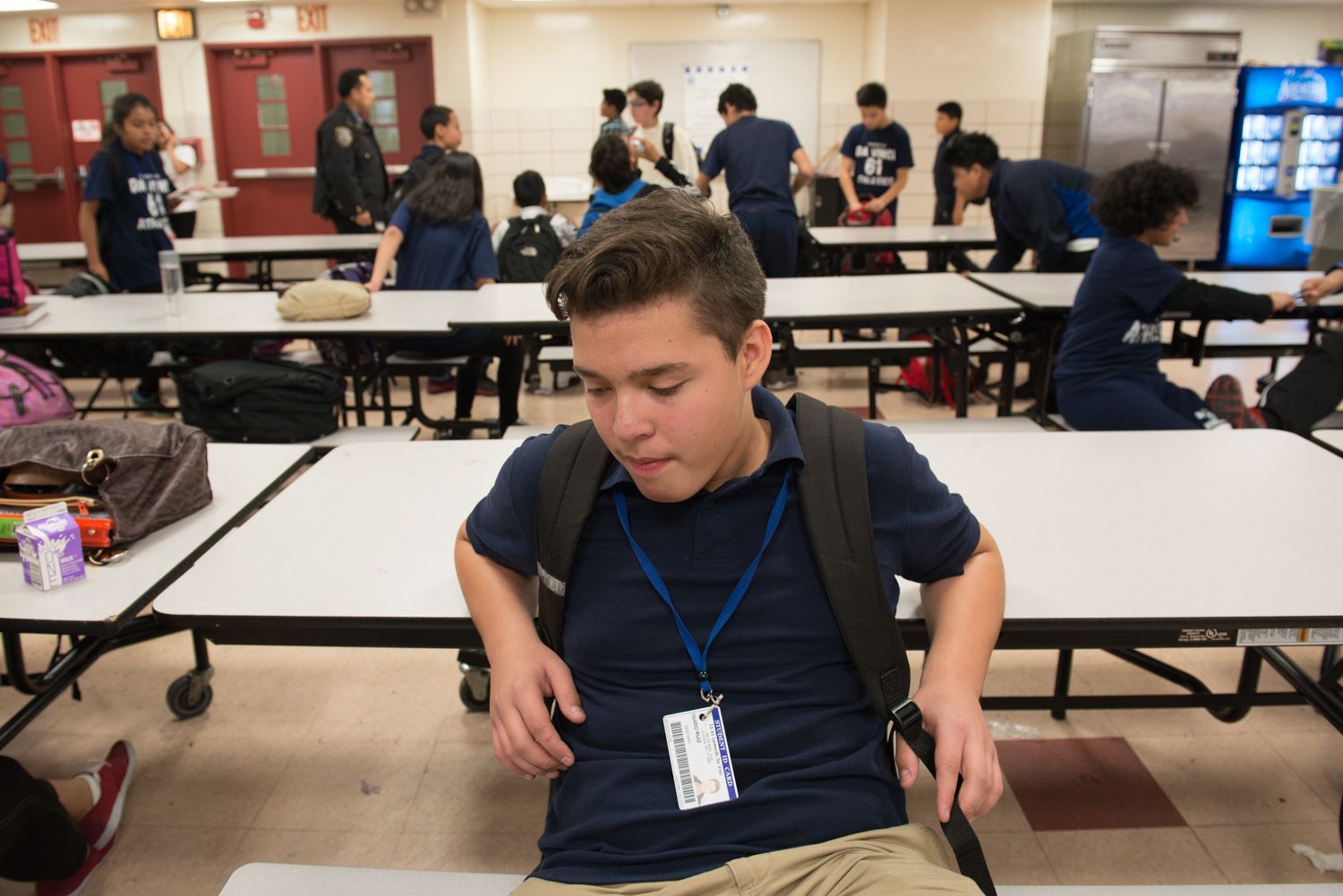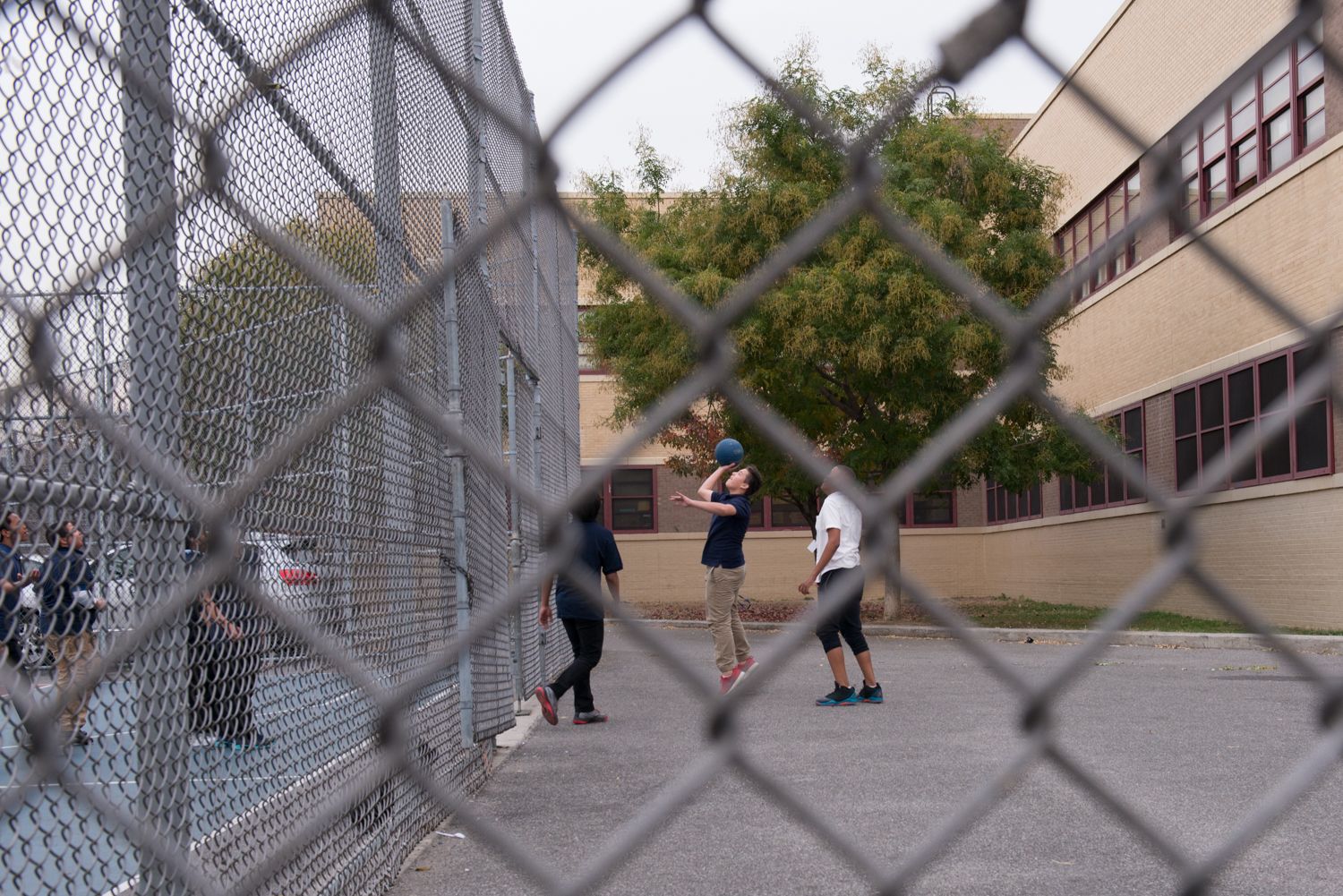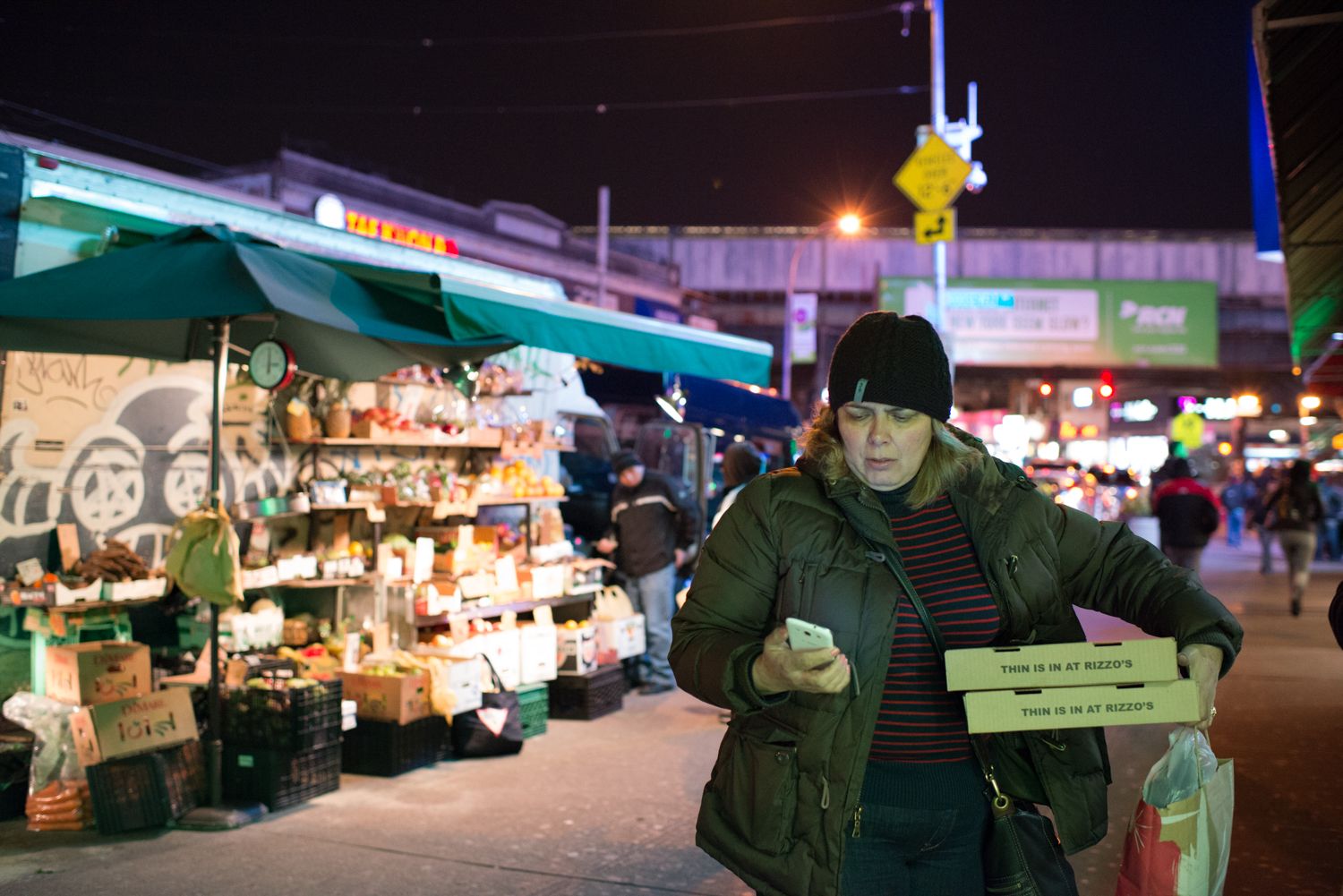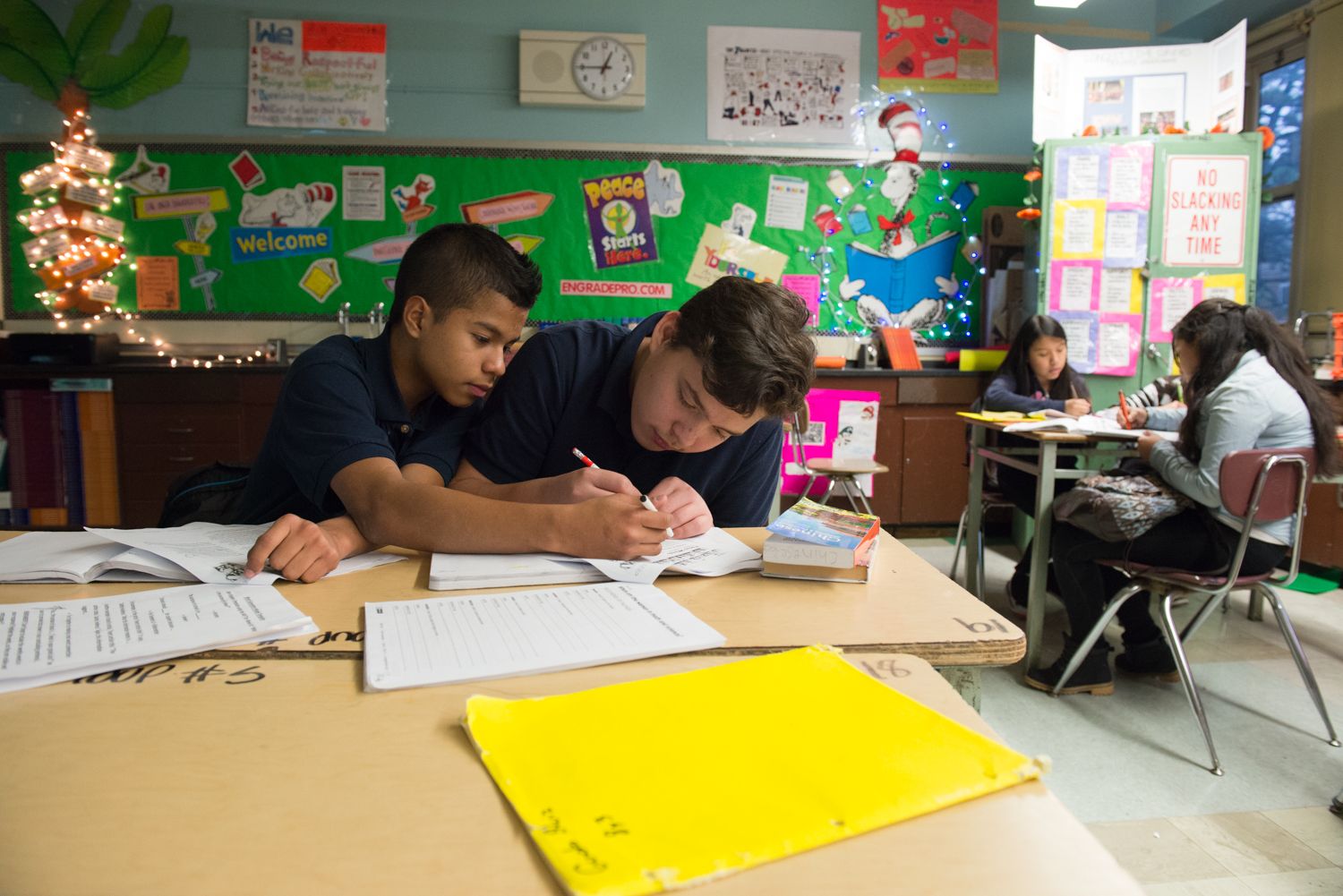(Photos by Alice Proujansky)
Guido, a tall, handsome 13-year-old from Paraguay who had been in the United States less than a year, and his mother, Blanca, a naturalized immigrant, were at a loss. The 2014–2015 Directory of NYC Public High Schools is nearly 600 pages long, with overviews of more than 400 public high schools. Its introduction to the admissions process runs 14 pages. Many of Guido’s school-age peers and their parents were strategizing about how to get into the schools they wanted. Guido and Blanca didn’t even know what schools to want.
The idea behind school choice is that parents can choose a school—including both public and charter schools—that best fits their child’s needs. But such a choice can be a burden, even a danger, when children and parents don’t know how to judge their options. That can be especially true for immigrants, many of whom have a hard time navigating the rules or finding the people to help them. Even for the middle class, terms like “zone” or “charter” or “IEP” can be confusing; for new arrivals, they can be incomprehensible.
